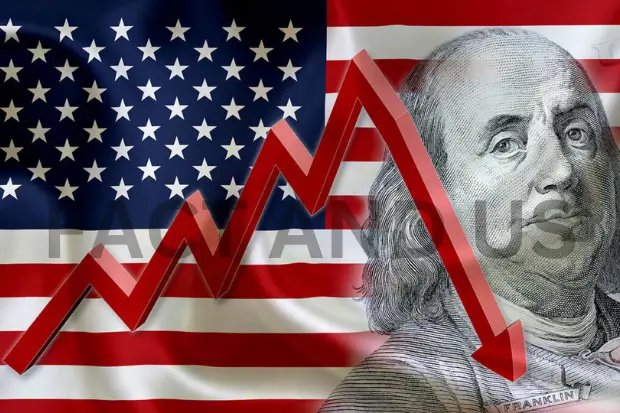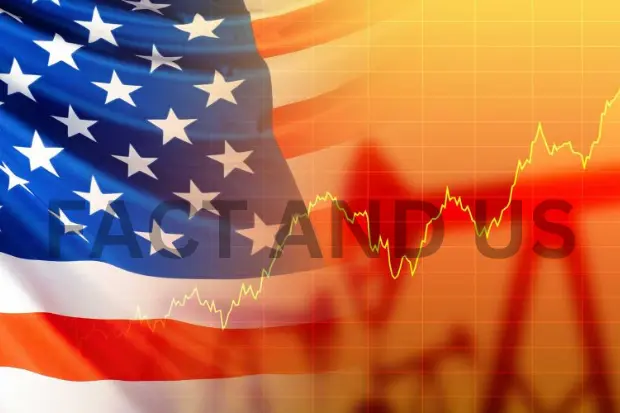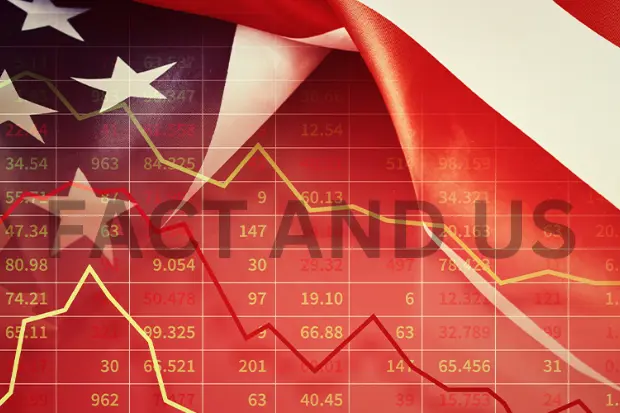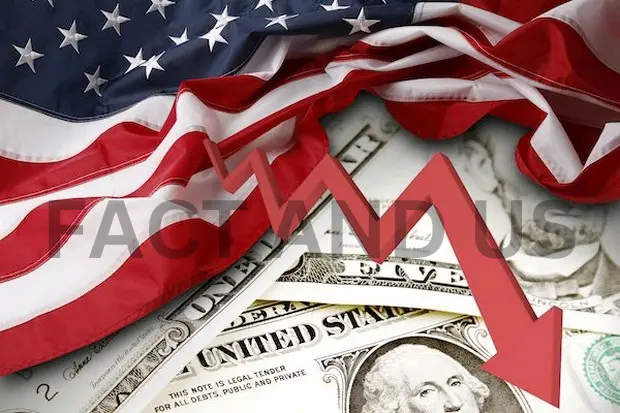Is the world’s largest economy heading for a recession? Or is the economy simply hitting a rough spot? Recent economic indicators in the United States seem to point in that direction, with many analysts saying the economy could be in a recession early next year.

Recession concerns are capturing attention as market participants speculate on the Federal Reserve’s potential actions, with an increase in public communications expected next week. The unemployment rate climbed to 4.3%, raising alarms about a weakening labor market and the economy’s susceptibility to recession.
For a year, the U.S. Federal Reserve has maintained benchmark borrowing costs at a 23-year peak of 5.25%–5.50%. Some analysts worry that this prolonged tight monetary policy might be pushing the economy toward a recession. The Sahm Rule Recession Indicator, which breached the 0.50 threshold, has historically signaled the early stages of a recession in the U.S. economy. While significant data is expected before the September 18th meeting, an acceleration in employment trends in August could strengthen.
Bloomberg rates strategist Simon White notes, “The market may be prematurely anticipating a recession that is unlikely to occur before next year at the earliest.” He adds that while the Sahm Rule’s trigger heightens recession worries, it often lags and misses many equity downturns, making it neither a necessary nor sufficient condition for a recession. Today’s unemployment rise was primarily due to an increase in the participation rate.

Brian Jacobsen, chief economist at Annex Wealth Management, expressed concerns, saying, “The Fed is on the verge of turning a win into a loss. Economic momentum has slowed to the point where a rate cut in September might be insufficient. They may need to implement a more substantial reduction than the typical quarter percentage point cut to prevent a recession.”
What is a recession?
A recession is a significant decline in economic activity across the economy, lasting for an extended period, typically visible in GDP, real income, employment, industrial production, and wholesale retail sales. It is often defined as two consecutive quarters of negative economic growth. Recessions can result from various factors, including reduced consumer and business spending, high unemployment, and financial crises. During a recession, businesses may cut back on… A recession is a significant, widespread, and prolonged downturn in economic activity. A common rule of thumb is that two consecutive quarters of negative gross domestic product (GDP) growth indicate a recession. However, more complex formulas are also used to determine recessions.


Economists at the National Bureau of Economic Research (NBER) measure recessions by looking at nonfarm payrolls, industrial production, and retail sales, among other indicators. NBER also points out that there is “no fixed rule about what measures contribute information to the process or how they are weighted in our decisions. ” A downturn must be deep, pervasive, and lasting to qualify as a recession by NBER’s definition. Since some of these qualities may not be evident when a downturn first begins, many recessions are called retroactive.
Rise in unemployment
The recent jobs report may prompt officials to reconsider whether their policies are excessively cooling the labor market. Employment data revealed a slowdown in job growth to 114,000 in July, down from 179,000 the previous month, sparking worries that the U.S. economy might be edging toward a recession. The labor force participation increased as more people were either employed or actively seeking work. Late July government data indicated that the labor market’s deceleration is primarily due to reduced hiring, not an uptick in layoffs, with hiring falling to a four-year low in June.

In July, average hourly wages grew by 3.6% year-over-year, slightly down from June’s 3.8% increase. The Federal Reserve typically views wage growth between 3.0% and 3.5% as aligned with its 2% inflation target. George Mateyo of Key Wealth remarked, “This represents an official ‘growth scare’ that the Fed must closely monitor. While the economy continues to expand and jobs are being added, predictions of an imminent recession seem exaggerated. Nonetheless, the economic landscape is shifting rapidly, and the Fed should be mindful of potential downside risks.”
Ryan Detrick from Carson Group added, “The crucial question is whether we’re heading straight into a recession or merely hitting a rough patch. We believe a recession is still avoidable, but the risks are increasing.”
Housing Market: A ticking time bomb?
David Burt of Delta Capital contends that U.S. homeowners face a significant insurance gap for wildfire and flood risks, totaling $28.7 billion annually. This underinsurance affects over 17 million homes, which account for nearly 19% of the total U.S. home value, posing a potential $1.2 trillion threat to property values.

Burt emphasized that while this scenario may not trigger a “global financial crisis,” it will have severe localized impacts comparable to the Great Recession in affected communities. His assessment might even be conservative; the climate-risk research firm First Street Foundation previously estimated that 39 million U.S. homes—almost half of all single-family homes—are underinsured against natural disasters. This includes 6.8 million homes covered by state-backed insurers of last resort.
A major issue is that insurance premiums in many U.S. regions do not accurately reflect the increasing risk of climate-related disasters. As the planet warms, the frequency and severity of such events are rising. Last year, the National Oceanic and Atmospheric Administration recorded 28 weather disasters in the U.S., each causing at least $1 billion in damage. This year, with 15 such events already, the country is on track to match or exceed that record, not counting the potential $30 billion daily.
Stay connected with Fact and US for more such news.
